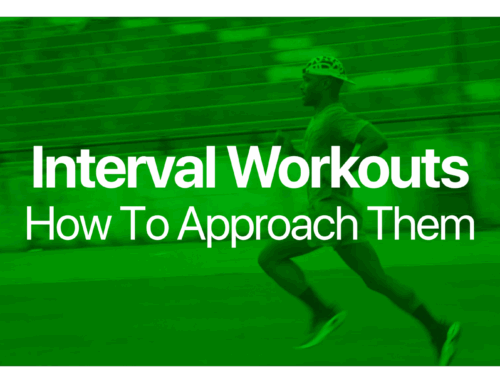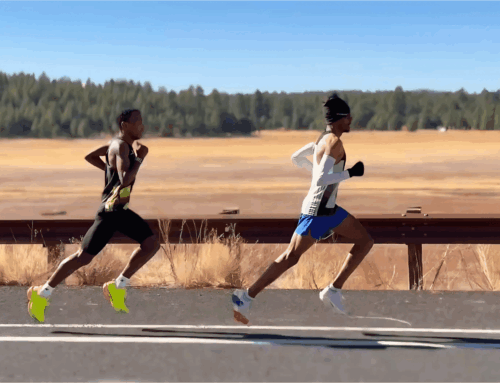During a training cycle Easy runs can make up roughly 70%+/- of a runner’s weekly schedule. It seems counterintuitive that in order to get faster, you have to spend so much time running easy, and that’s probably why so many runners make the mistake of overtraining on Easy runs. When you understand the purpose and science behind this important training type, you’re less likely to make this mistake and reduce your risk of injury.
Effort
Easy runs are typically at an intensity of 65-79% of your HRmax (“conversational”). At times you may feel more comfortable going a little faster (or slower), depending on your state of recovery and other factors like weather or terrain. If you’re going extra slowly one day it’s important to make every effort to maintain good running mechanics. Remember this when you are feeling particularly tired or not quite right in your stride. This may be a day where forcing a run will do you more harm than good as
Benefits
- The first benefit is that you build up resistance to injury by taking it easy in many of your runs. This is also good for building a base with limited stress on the body to prepare for higher intensity training.
- Strengthens your heart muscle because the maximum force of each heart stroke is reached around 60% of HRmax. As you run faster, your heart rate increases, but stroke volume increases minimally. It doesn’t feel like you’re working hard when running Easy, but your heart is.
- It increases vascularization (opens blood vessels that feed the exercising muscles). Your heart is delivering lots of blood/oxygen to the exercising muscles, and these muscles respond by making changes in the muscle fibers that allows the muscles to accept more oxygen and convert more fuel into energy. The benefits gained as a result of this process are a function of time spent stressing the muscle fibers. You will no doubt spend more time accomplishing this goal running easy, simply due to the fact it’s easier to last longer at a comfortable pace than a hard one.
Training Suggestions
Always start by calculating your current VDOT, ideally from a recent time trial or race result. This will give you an Easy pace range that generally keeps you where you get the most benefits. If you need to run slower one day that’s fine, focus less on pace and more on your breath. Ask yourself, can I easily carry-on a conversation while running at this pace? If so, you’re likely where you need to be without using pace as a guide. This is a good tool particularly if you’re coming back from injury, illness, running in hot/humid temps or very hilly terrain.
For more information refer to Daniels’ Running Formula or email us at info@vdoto2.com.





Leave A Comment